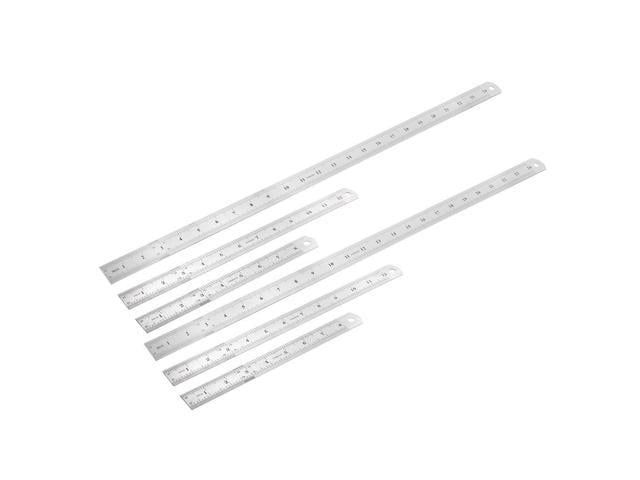“All true education consists in the cultivation of the judgment,” writes William Walker in the Preface to Handbook of Drawing. With this simple statement of intent, Walker imparts lessons on drawing and lessons about the nature of art. Walker describes techniques and art together, so the reader learns not to copy, but instead to see art for him or herself, and approach that readers will surely be delighted with.
The Handbook of Drawing has two aims. First, the book sets out to teach the elementary principles of drawing. Second, it seeks to impart judgement on matters involving art, so that students can develop a good eye. To teach students how to draw, Walker begins with the basics: how to see, how to hold the pencil, how sketch, how to outline and how to use shade and light. The lessons are easy to understand and are accompanied by illustrations.
The second half of the book touches on the essence of what it means to be an artist. There are many beautiful passages examining how to draw an object in a more natural, artistic way. For example, after describing how to draw a leaf, Walker discusses how to make it the leaf more life-like and more beautiful. “But if a leaf is so placed as to show its varied and delicate curves in front one of another then we are no longer drawing from the flat… but from an object in space, with all the exquisite changes of curve and surface, and there is now more properly a field for Art expression.” The illustrations - one of a flat leaf and one of a foreshortened, flowing leaf - expertly demonstrate Walker’s advice.
Handbook of Drawing discusses perspective and how technical ability differs from artistic ability. Walker repeatedly warns students against mere copying, encouraging them, instead, to find their own style. Anyone interested in drawing must have this expertly written text.
About the Publisher
Forgotten Books publishes hundreds of thousands of rare and classic books. Find more at www.forgottenbooks.com
This book is a reproduction of an important historical work. Forgotten Books uses state-of-the-art technology to digitally reconstruct the work, preserving the original format whilst repairing imperfections present in the aged copy. In rare cases, an imperfection in the original, such as a blemish or missing page, may be replicated in our edition. We do, however, repair the vast majority of imperfections successfully; any imperfections that remain are intentionally left to preserve the state of such historical works.















